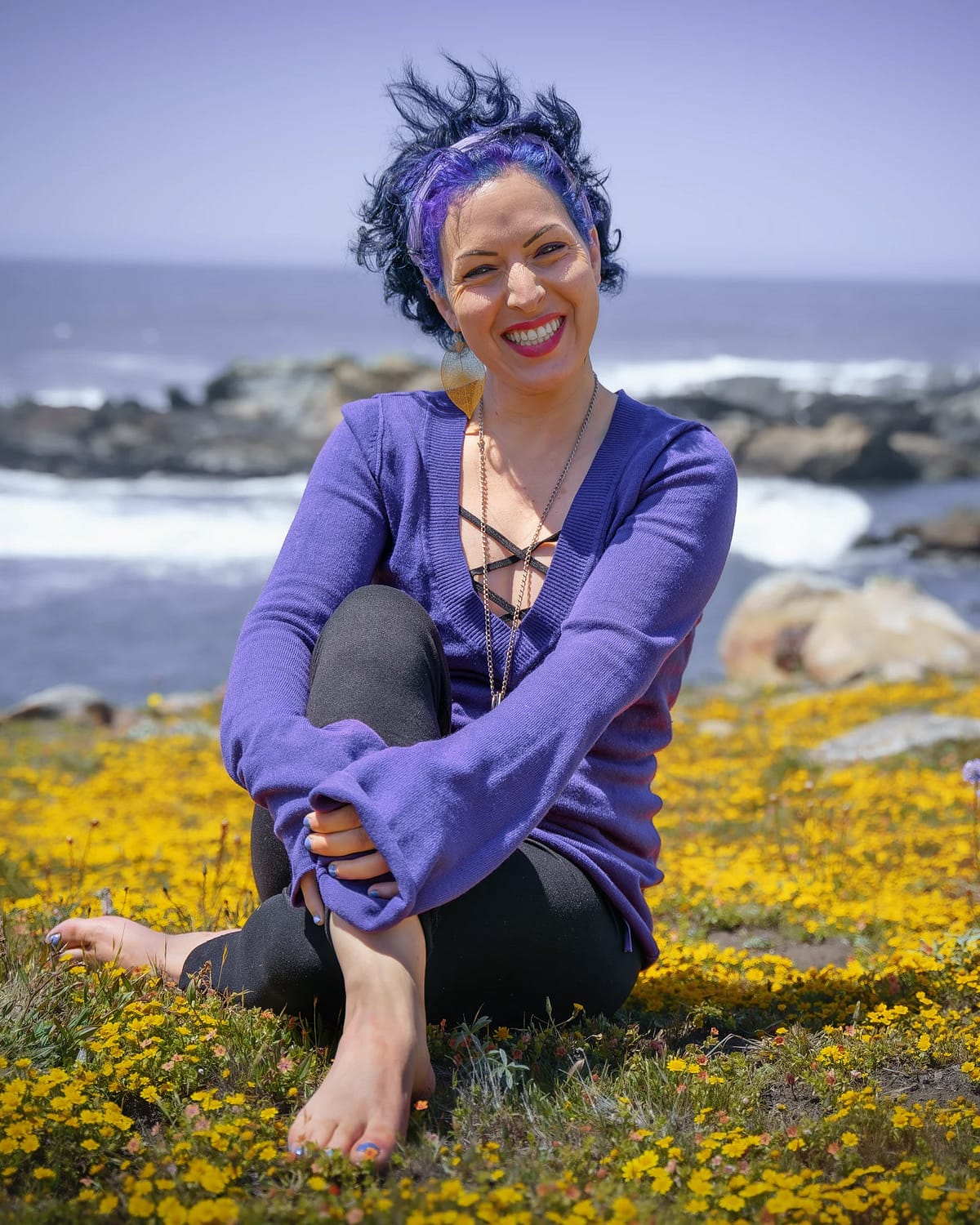Approach & Philosophy
My Tool Kit
As a sexologist, I offer education, counseling, and consultation for individuals, families, partners, and professionals. I am not a psychotherapist; rather I am an extensively trained and experienced (17+ years) sexuality and relationship specialist. I often work with clients who are also in therapy, but who are looking to add a more goal-oriented, action-focused, and short-term approach to issues of self and relationship. I view my clients as partners in creating the change they seek.
My collaborative approach honors that you are the expert in your own experience. In bringing a holistic, intersectional, and harm reduction process to my practice, I am able to meet you where you are at to create a customized plan for deepening your understanding and accomplishing your goals. I view accountability and “homework” between sessions as an important part of this, and will always strive to create structures that work best for you.
I use a range of modalities in my work, including: attachment theory, somatic and experiential practice, the Stages of Change Model, education, conflict resolution, and mindfulness. These approaches may take the form of: personal history taking, development of replacement (or modified) strategies to get your needs met, relationship agreements, trust-building exercises, talking, reading and journaling, mediation, and nature therapy. Specialty areas of mine are: LGBTQIA+, consent, sex & body positivity, and other areas of diverse relationships and sexuality, health, and sexual rights. Our work together will be trauma informed, sex positive, culturally responsive, strengths focused, and nonjudgmental. I am always happy to talk about my philosophy and approach; please contact me with any questions.

Glossary Of Terms
Attachment Theory is a well-researched approach to understanding our lifelong development around relationships and bonds. Our long-term attachments start between parent (or parental figure) and child and the strategies developed in forming those attachments can later impact a range of other relationship types, including romantic. How available, absent, or attuned our caregivers are in early life creates a roadmap for how we are in our later relationships. I work with clients to identify and work with their attachment style, identifying which strategies are no longer serving them and helping them explore new ways of relating.
Conflict Resolution can be defined as the informal or formal process that two or more parties use to find a peaceful solution to their disagreement. Conflict Resolution skills I bring to/ teach in my work often involve mediation, facilitation, interviewing and active listening, creative problem-solving, accountability, empathy, and assertiveness.
Working holistically means I recognize the connection between mind, body, spirit and environment. Working in any one of these realms means we’re working with all of them.
Harm Reduction is a science-based approach that emphasizes engaging directly with people to prevent or reduce harms from risky/unhealthy behaviors. Important ways I use Harm Reduction with my clients include: compassion, respectful treatment, and a focus on improving the physical, mental, and social wellbeing of those I am helping.
Developed by pioneering scholar Kimberlé Crenshaw, intersectionality describes the ways in which systems of inequality based on gender, race, ethnicity, sexual orientation, gender identity, disability, class and other forms of discrimination “intersect” to create unique dynamics and effects.
Nature Therapy, which is also called ecotherapy, is the concept of using nature to help us heal, both psychologically and physically. In my work, this often looks like combining more standard talking sessions with interacting with plants, playing with animals, walking or hiking, swimming, and rock climbing.
Mindfulness is a mental state achieved by focusing one’s awareness on the present moment, while calmly acknowledging and accepting one’s feelings, thoughts, and bodily sensations.
Somatic means focused on or relating to the body. Working somatically means we will explore the emotions and self-realizations you feel physically in your body and develop somatic strategies for coping with/soothing those areas.
Also called the Transtheoretical Model, the Stages of Change Model describes 5 stages we go through in making a meaningful change in our lives. These stages are:
- Precontemplation: not yet acknowledging that there is a problem behavior that needs to be changed
- Contemplation: acknowledging there is a problem, but not yet ready, certain of, or confident enough to make the change.
- Preparation: getting ready to change.
- Action: changing behavior.
- Maintenance: maintaining the behavior change for 6+ months.